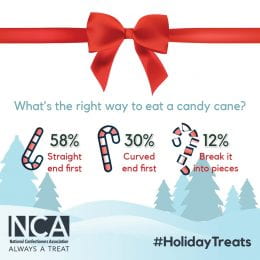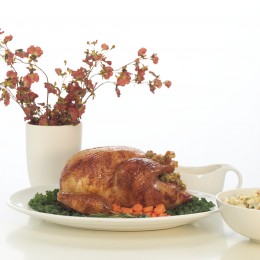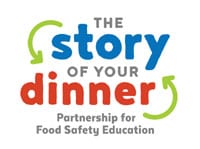 Whether it is a simple meal for two, or a large gathering with a buffet, food safety is a priority at any meal, and especially at the holidays. Nobody wants the gift of foodborne illness!
Whether it is a simple meal for two, or a large gathering with a buffet, food safety is a priority at any meal, and especially at the holidays. Nobody wants the gift of foodborne illness!
Are you the host for the holiday meal? Reduce your stress by starting a list now to plan the location, food and recipes, activities and games, and what your guests could bring. Put it in a timeline or on a calendar to stay on schedule.
Are you buying a fresh or frozen turkey? If you choose fresh, be sure to place an order with your grocer or butcher shop and pick it up 1-2 days before the meal. Frozen turkeys can be purchased any time and stored in the freezer. Pay attention to grocery sales to save some money.
Frozen turkeys are best thawed in the refrigerator or in cold water. In the refrigerator, plan on at least five days for a 20 pound turkey. In cold water, allow about 30 minutes per pound of turkey.
Do you only have one oven? Use a slow cooker for hot dishes. A table top roaster oven can be used like a regular oven for many items. Even electric pressure cookers can cook up some tasty dishes! Some items, such as dessert or bread can be made ahead and frozen.
When cooking the turkey, remember that 325 degrees F is the lowest oven temperature to safely cook turkey. Use a food thermometer to be sure it reaches a minimum internal temperature of 165 degrees F.
Learn more at www.ksre.k-state.edu/foodsafety/topics/holiday.html





